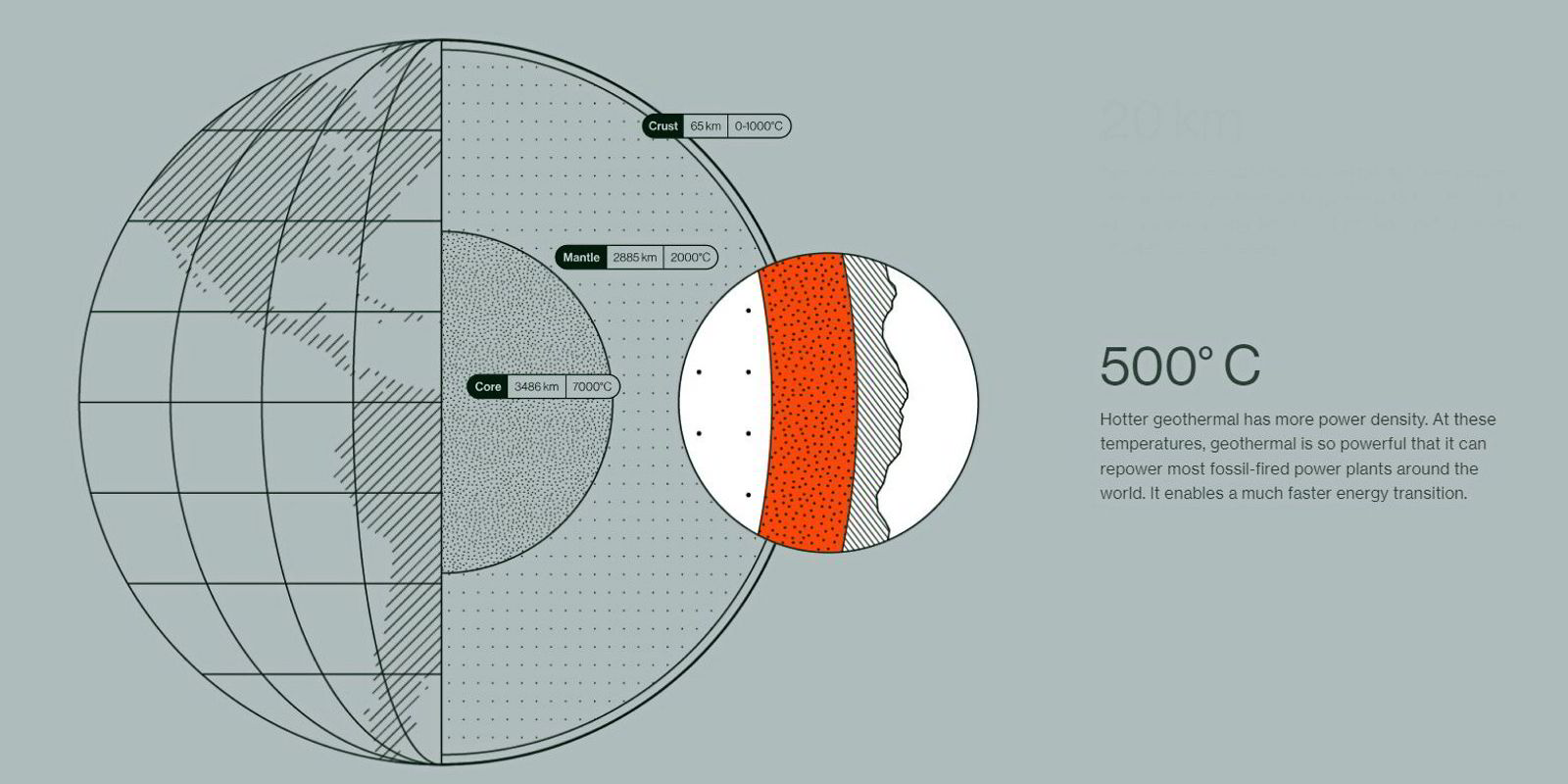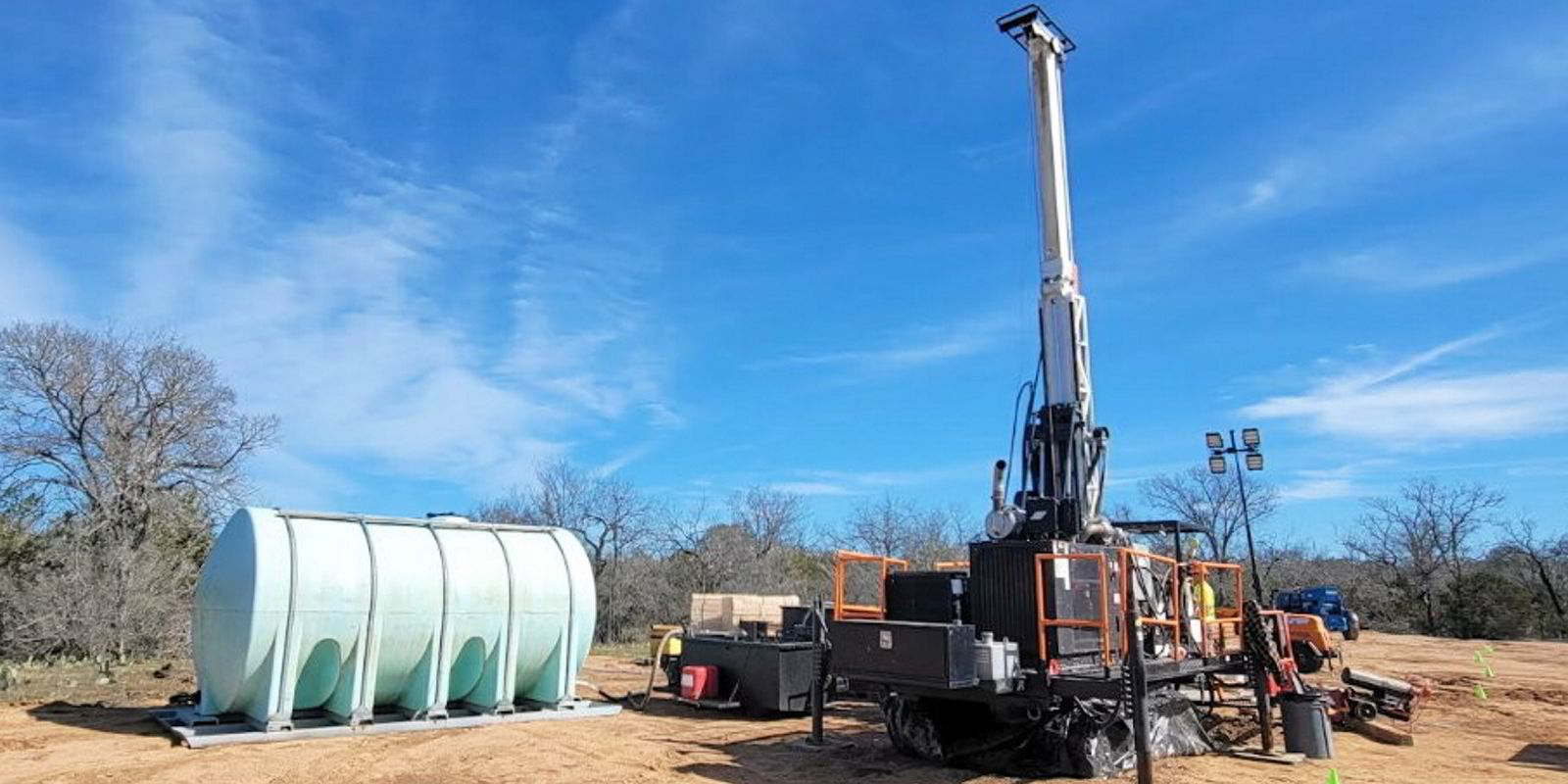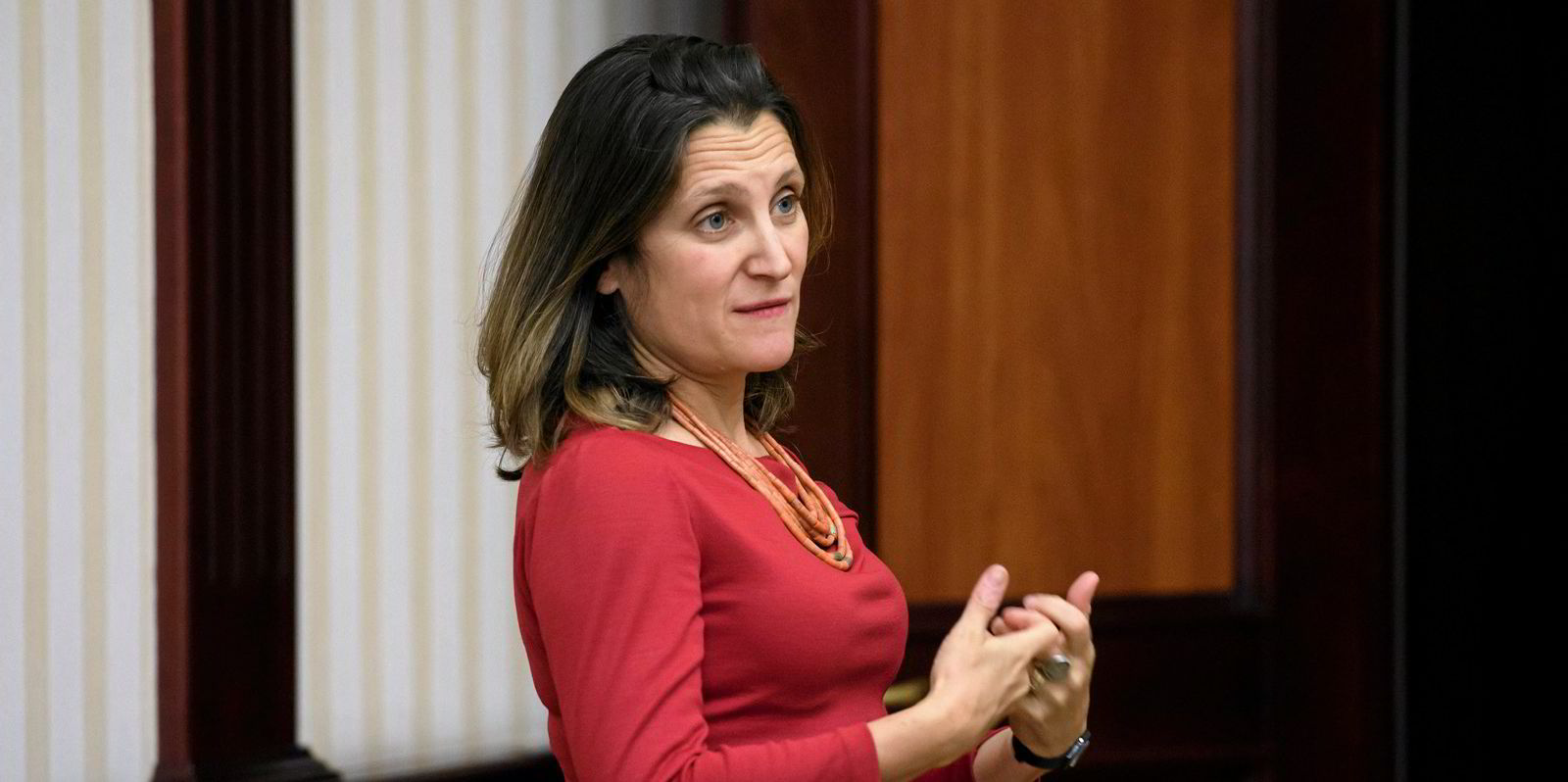Japan’s Mitsubishi is backing a geothermal start-up that wants to use nuclear fusion technology to drill the deepest holes on Earth and tap the “million-year energy source below our feet”.
Mitsubishi was one of several investors that have together handed US start-up Quaise Energy $21m of fresh funding to realise its groundbreaking plan to unlock limitless clean geothermal power.
Quaise, which spun out of the Massachusetts Institute of Technology (MIT) Plasma Science and Fusion Center in 2018, plans to employ over a decade of research from the university to drill closer to the Earth’s core than ever before.
The deepest human-made hole on Earth is currently the Kola Superdeep Borehole in northwest Russia. It took the Soviets 20 years to drill all 12,262 metres in a Cold War-fuelled competition with the US – a somewhat less fashionable antipode to the Space Race.
The Soviets were ultimately thwarted in going any deeper because conventional drilling equipment is not cut out to handle the conditions at those depths.
Now, using “breakthrough fusion research and well-established drilling practices,” Quaise plans to smash the long-held Soviet record and reach “unprecedented depths” of 20km.
It will do this through its “gyrotron-powered drilling platform” that will first use conventional rotary drilling to get to basement rock in the Earth’s 40km-deep crust. This is where the “gyrotron” and years of MIT research comes in.
A gyrotron has a powerful beam like a laser to generate high-power microwaves in the millimetre range that are used to heat and control plasma, the fuel scientists use in nuclear fusion reactors in their own parallel quest for limitless clean energy.

Quaise will use those high-power microwaves to “vaporise rock” in what it describes as its own novel technique to go “deeper, hotter and faster” than ever before.
At 20km into the Earth’s crust, temperatures hit around 500°C. Quaise says the steam than can be produced at this depth is around the same temperature that modern coal and gas-fired power plants operate at.
“Deep geothermal is one of the most promising sources to meet the global energy transition at scale by creating more energy with fewer resources,” says Quaise.
“A deep geothermal power plant can create 10x more energy than conventional geothermal resources, provide 24/7 baseload power, and unlock near-universal access to clean energy on a small land footprint.”
Toshiaki Nobuhara, general manager of the International Utility Department of Mitsubishi, said: “The world needs, more than ever before, game-changing technologies that can deliver abundant carbon-free heat and power to become carbon neutral by 2050.”
“We believe deep geothermal has great potential to become one of these technologies."
US early-stage venture funds Prelude Ventures and Safar Partners led the financing round, while New York venture capital firm Standard Investments also contributed.
Quaise says it has raised $95m for its technology to-date and will use the latest funding to identify the best spots for pilot plant locations. It plans to begin field demonstrations this year.
Quaise is particularly focused on repurposing existing fossil-fired assets. By drilling onsite at thermal generation plants and industrial centres to use the existing infrastructure and workforce, “a faster energy transition becomes possible.”
Quaise says its approach to deep geothermal is “unique in being geography agnostic,” as outfitting existing drilling rigs with millimetre wave technology “opens the way for power-dense, deep geothermal energy on a global scale.”
Carlos Araque, CEO and co-founder of Quaise, said: “Our mission is to create the most sustainable and prosperous energy future for all.”
“By accelerating our field operations and securing our supply chain, we are preparing deep geothermal to be the indispensable energy of the 21st century.”




